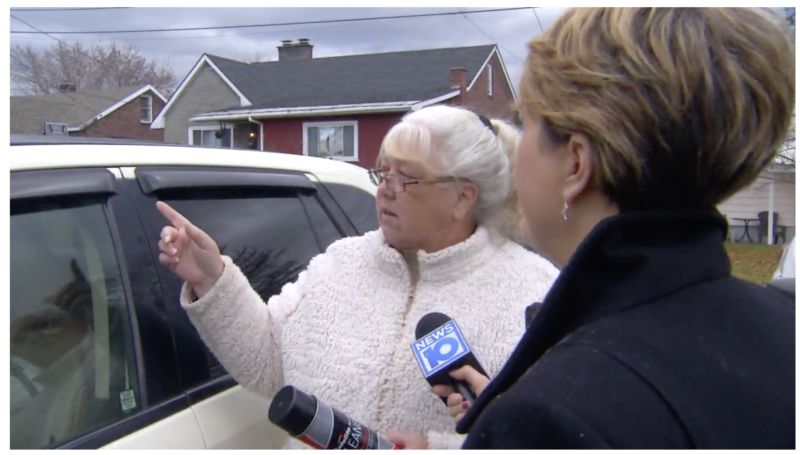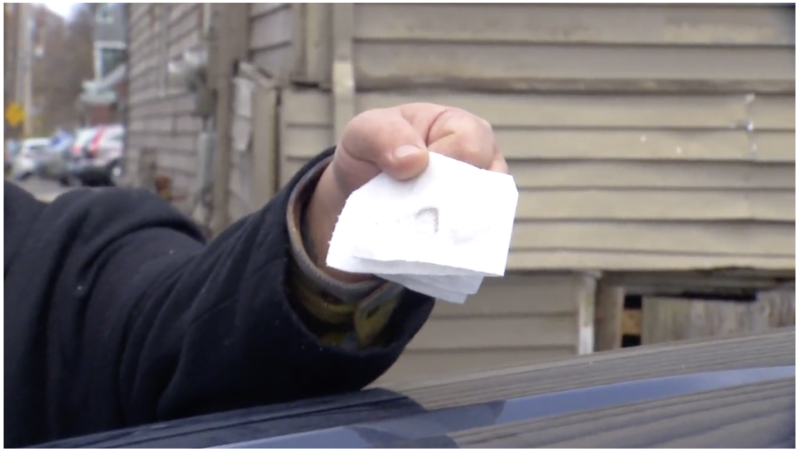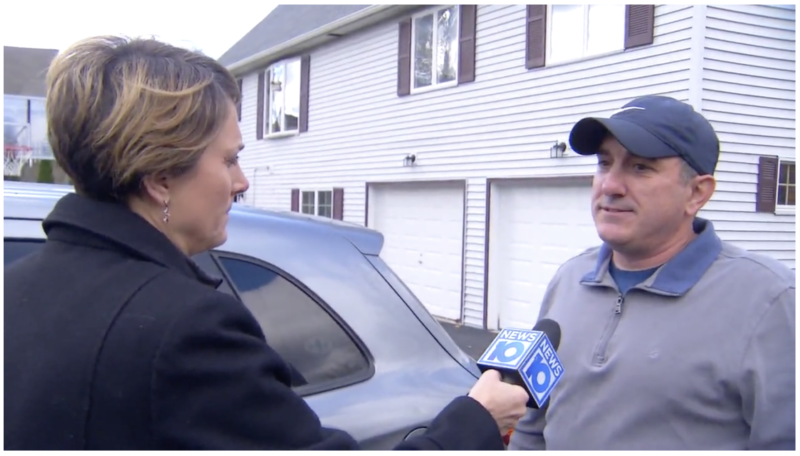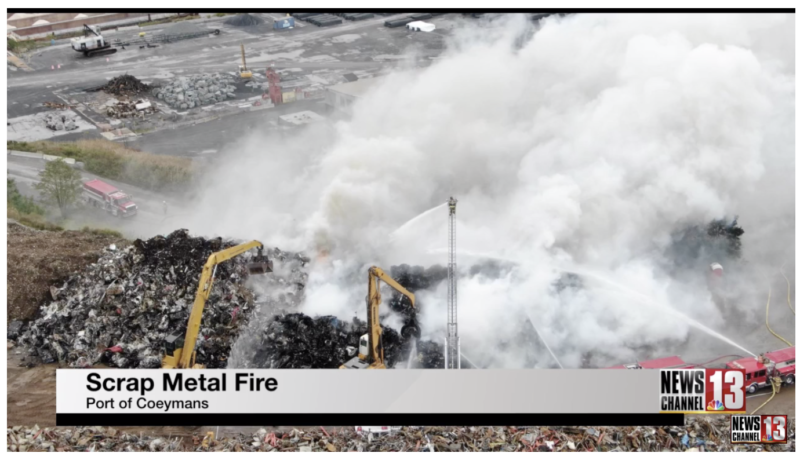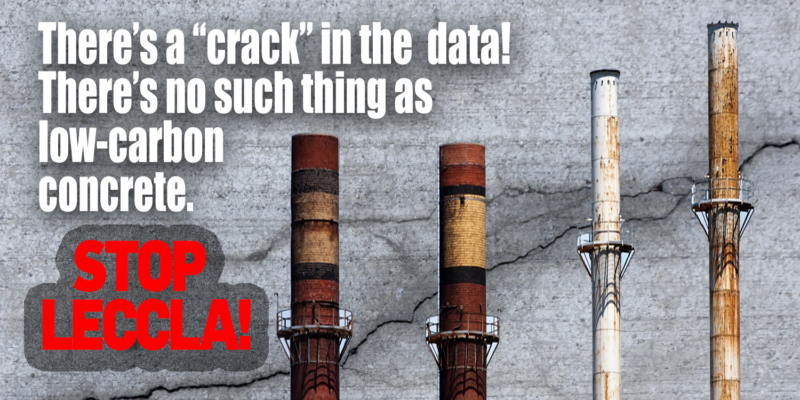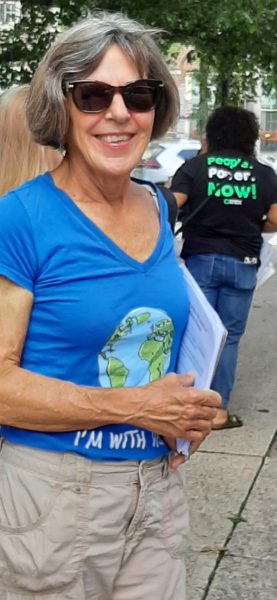On August 27th, Barbara Heinzen of the CAC provided comments on the procurement specifications for lower carbon concrete to the GreenNY–EO 4 Interagency Committee at the OGS and DEC. CAC member, Christine Primomo forwarded those comments to Congressman Tonko’s office and other stakeholders involved in crafting environmental bills in Congress.
The CAC takes the lead in helping to make the RCS district a safe place to live, work, and play. If you’d like to help in our ‘toxic watch’ efforts, please contact us.
BACKGROUND
By way of background, our coalition was formed after learning in late 2017 of plans to use large volumes of municipal waste from Connecticut at the LafargeHolcim cement plant in Ravena, a village in the town of Coeymans, NY. In 2018 and 2019, we worked with the local town board of Coeymans to pass the first Clean Air Act, which prohibited the use of solid waste as fuel in any industrial activity in the town. We then worked to pass a similar law in Albany County, which can be found on their website. In 2020, a new Coeymans Town Board revised and effectively gutted the 2019 Coeymans Clean Air Law, which rendered the Albany County Law ineffective. Since then, our coalition has continued to work for clean air emissions from industries located in Coeymans and/or New York State.
BANNING THE USE OF WASTE AS FUEL
Table 1 of your proposed specifications notes that over 90% of the CO2 embodied in concrete comes from the CO2 produced in cement kilns. Much of that is produced during the chemical conversion of limestone to clinkers, but fuel, especially coal, is also a major factor. The industry is arguing that when waste is substituted for coal, it lowers the CO2 emissions compared to burning only coal. The research on low CO2 emissions from waste burning is scant and unconvincing. More critically, there is reputable research that shows burning waste produces emissions containing high volumes of toxins harmful to the environment and human health. In 2018, continuous monitoring of emissions from a state-of-the-art waste incineration plant in the Netherlands found high levels of dioxins were coming out of the stacks. Compared to a waste incinerator, a cement plant produces a much higher volume of emissions, so the toxic burden is also much higher.
Your standards make no mention of what fuels can be used to make cement. This should be changed. While the goal of lowering CO2 from cement production is a worthy one, it should not be achieved by increasing the overall toxicity of emissions.
This is our first point: your procurement standards must include a ban on using any waste materials as fuel to make cement.
USE OF FLY ASH AND SLAG SHOULD BE PROHIBITED
Given the high proportion of embodied CO2 coming from cement, it makes sense to use less cement in concrete. Your proposed standards call this "supplementary cementitious materials". These materials include using fly ash, slag, or both. As you know, fly ash is the waste from burning coal, while slag is produced during the production of steel. Both are the waste from processes that are inherently high emitters of CO2. It is deceptive to call this a 'low carbon' material for that reason.
Moreover, fly ash itself is very toxic. When mixed with cement, it creates dust that is harmful to workers close to that mixture. The use of fly ash as supplementary cementitious material should be prohibited, first because it assumes the continued use of coal which needs to be discontinued, and second because of the harmful fly ash dust released into the environment.
Slag is problematic for a different reason because it is often imported from steel producers in places as far away as China. The CO2 emitted during the transport of slag in order to include it in the production of concrete should be included in any calculation of the embodied CO2 in concrete used in procurement.
Ground glass pozzolans are acceptable, especially if the glass is sourced locally from recycling plants, and must, of course, meet the necessary structural requirements.
This is our second point: fly ash and slag are not suitable supplementary cementitious materials for reducing the proportion of cement in concrete; ground glass pozzolan is suitable.
REQUIRE A CLEAR, COMPARABLE, STATEMENT OF EMBODIED CO2 SUPPLEMENTARY CEMENTITIOUS MATERIAL USED IN ALL CONCRETE MIXES.
The past few months have seen a build-up of pressure from the cement industry to impose their own standard on how much CO2 is acceptable in concrete. This is industry writing the rules to suit them, rather than responding to what the planet needs or their customers might want.
In your procurement specifications, you should decide what is the acceptable level of CO2 in concrete, expressed in the same terms used in table 1 of your draft specifications: "Estimated lb.CO2 per unit lb. material". If it is too hard to set that standard, then every unit (bag, ton, etc.) of concrete sold should declare how much CO2 was emitted during its production, expressed in a standard, comparable fashion as "Estimated lb.CO2 per unit lb. material". Each unit of concrete sold should also declare the proportion of fly ash and slag included in the mix so that users are warned of the toxic nature of the cementitious material and only use it where it can be locked up permanently without releasing any toxic dust.
This is our third point: every unit of concrete sold must have a clear, comparable, statement of the CO2 emitted during its production and the amounts of dangerous supplementary cementitious material used in the mix.
Thank you for your consideration of these points. If you need to speak with me or any other members of the Clean Air Coalition of Greater Ravena-Coeymans, please let me know.
With good wishes,
Barbara Heinzen
